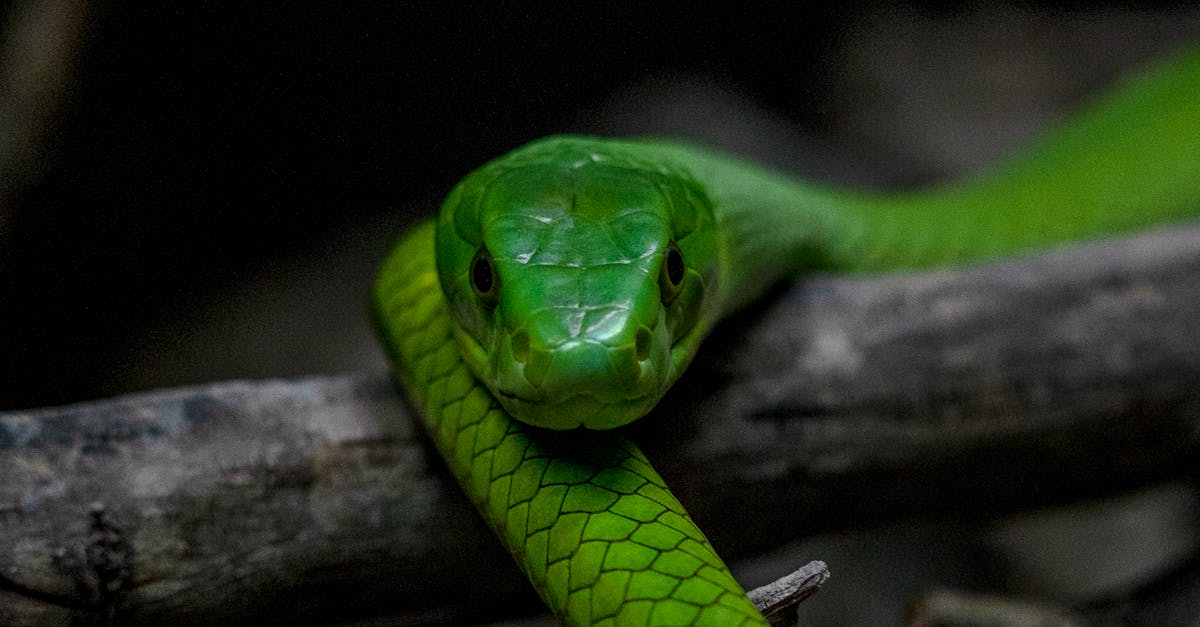Have you ever looked at an anteater and thought, “What a harmless creature!”? You might be surprised to learn that these seemingly gentle giants can actually pose a significant threat. 🌟 Let’s dive into the fascinating world of anteaters and uncover some disturbing facts that might change your perception forever.
The Hidden Dangers of Anteaters
Misleading Appearance
At first glance, anteaters might seem like the least threatening animals on the planet. With their long snouts and slow movements, they appear almost comical. However, it’s interesting how appearances can be deceiving. Studies show that anteaters have a set of characteristics that make them unexpectedly dangerous.
Powerful Claws
One of the most striking features of an anteater is its claws. These claws, which can grow up to 4 inches long, are designed for tearing apart termite mounds and ant hills. But in a defensive situation, they can become formidable weapons. There have been documented cases of anteaters using their claws to fend off predators, and even humans, with deadly force.
Strong Muscles
Anteaters might look sluggish, but their muscles tell a different story. They possess immense strength, particularly in their forelimbs, which they use to dig and defend themselves. This strength, combined with their sharp claws, makes them capable of inflicting serious injuries.
Real-Life Encounters
You might find this helpful if you’re considering a trip to regions where anteaters are common. Here’s a quick story: a zookeeper in Argentina was attacked by a giant anteater, resulting in severe injuries. The zookeeper had approached the animal too closely, not realizing the potential danger. This incident serves as a stark reminder of the power these animals wield.
The Behavioral Side of Anteaters
Territorial Nature
Anteaters are solitary creatures with a strong sense of territory. They can become aggressive if they feel their space is being invaded. This territorial behavior is not just limited to other animals; humans can also trigger this response if they come too close.
Motherly Instincts
Interestingly enough, female anteaters are particularly protective of their young. If a mother perceives any threat to her offspring, she can become highly aggressive. This maternal instinct is a common trait among many animals, but the anteater’s physical capabilities make it particularly dangerous.
Defensive Mechanisms
When cornered or threatened, anteaters stand on their hind legs and use their forelimbs to swipe at the threat. This posture not only makes them look larger but also allows them to use their claws more effectively. One time, a wildlife researcher observed an anteater fend off a jaguar using this very technique. It’s clear that their defensive mechanisms are highly effective.
Fascinating Facts About Anteaters
Unique Feeding Habits
Anteaters have a specialized diet, primarily consisting of ants and termites. They use their long, sticky tongues to capture their prey, consuming thousands of insects each day. This might sound strange, but their feeding habits are perfectly adapted to their environment.
Sensory Capabilities
Anteaters have poor eyesight but compensate with an excellent sense of smell. They can detect ants and termites from a considerable distance, making them efficient hunters. This sensory adaptation is fascinating and highlights the complexity of these creatures.
Conservation Status
Several species of anteaters are currently facing threats due to habitat loss and human activities. Conservation efforts are crucial to protect these unique animals. Supporting organizations that work towards habitat preservation can make a significant difference.
What Can You Do?
Stay Informed
Keeping yourself informed about the wildlife in your area or places you plan to visit is essential. Knowledge is power, and understanding the behaviors and potential dangers of animals like anteaters can help you stay safe.
Support Conservation Efforts
Consider supporting wildlife conservation organizations that focus on habitat preservation and public education. These organizations play a vital role in protecting endangered species and their ecosystems.
Respect Wildlife
Always maintain a respectful distance from wild animals. Remember, they are not pets and can behave unpredictably. Observing from afar ensures both your safety and the well-being of the animals.
Final Thoughts
Anteaters may not be the first animals that come to mind when you think of dangerous wildlife, but it’s safe to say that underestimating them can lead to serious consequences. The thing is, understanding the true nature of these fascinating creatures can help us coexist with them more safely.
So, next time you see an anteater, remember the hidden dangers behind that seemingly gentle exterior. Stay informed, respect their space, and support conservation efforts to ensure these unique animals continue to thrive in their natural habitats. 🌿
Now you know the surprising truth about anteaters. Share this information with others and help spread awareness about the importance of respecting wildlife. 🦔









